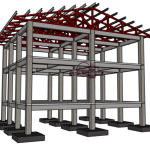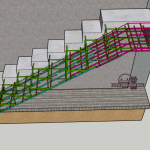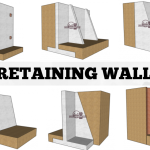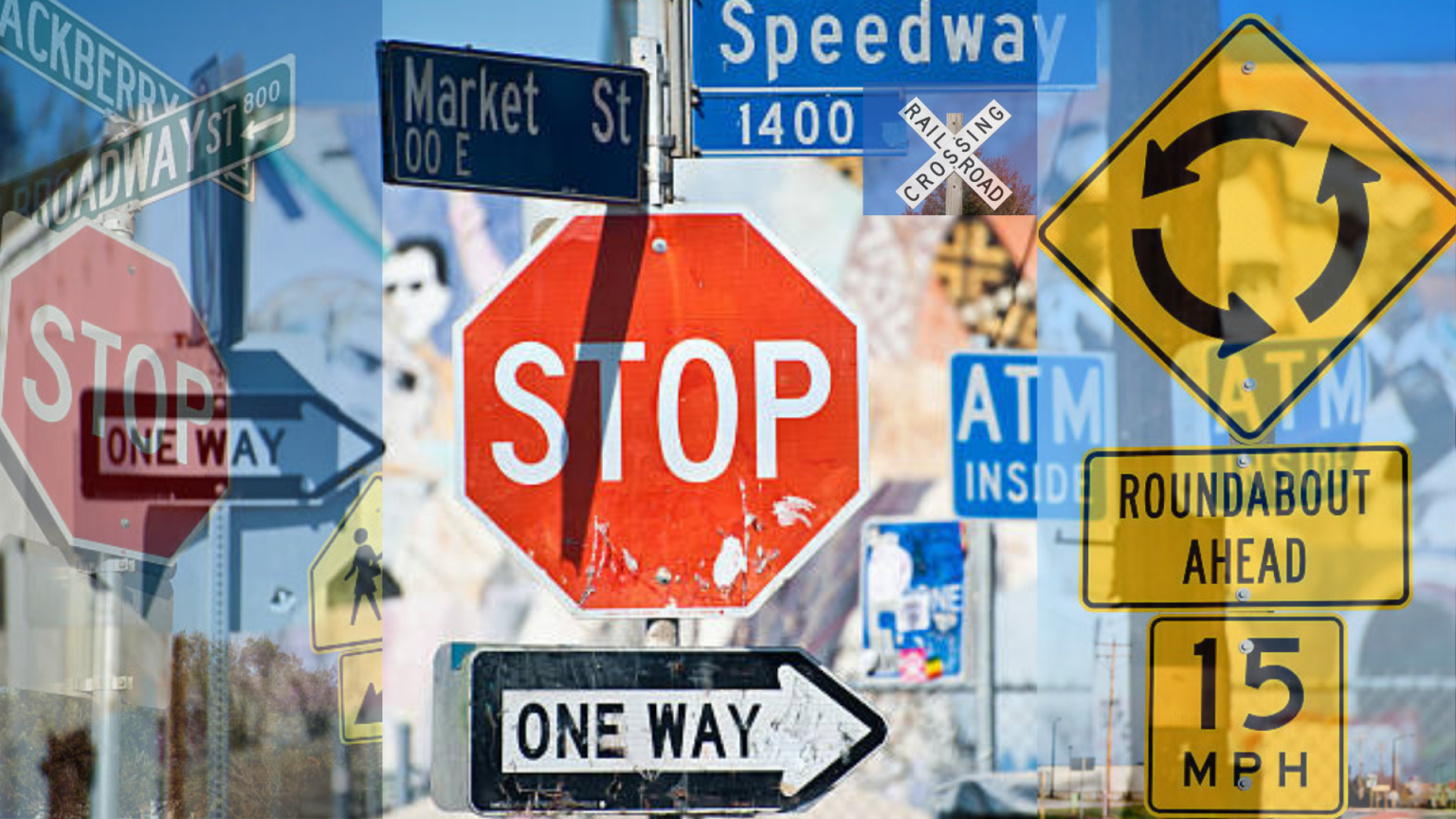
ROAD SIGNS | ROAD SIGN COLORS | ROAD SIGN COLORS
What is road sign?
Road sign serve as a warning to all road users to be safe from potential driving hazards and circumstances. These also help in traffic flow control for vehicles as well as other road users such as pedestrians and cyclists. Animals might be included in this category as well.
On the roadways, several traffic signs can be observed. They provide information about upcoming road conditions in advance. Road signs can serve to communicate orders, cautions, and directions to drivers and riders. Learn about the importance of these signs and symbols, and keep an eye out for them while driving. You should not be surprised by a curve, a one-way street, or a crossroads ahead. Drivers and riders that are good at what they do are constantly prepared.
Road signs are divided into three categories:
- Mandatory Signs
- Cautionary Signs
- Informatory Signs
Mandatory sign
These signs are intended to educate road users about particular rules and regulations in order to maintain traffic safety and flow. All signs that provide notification to the road user of a specific responsibility, prohibition, or restriction must be followed. It is illegal to violate these signs. The following are common examples of signs that fit under this category
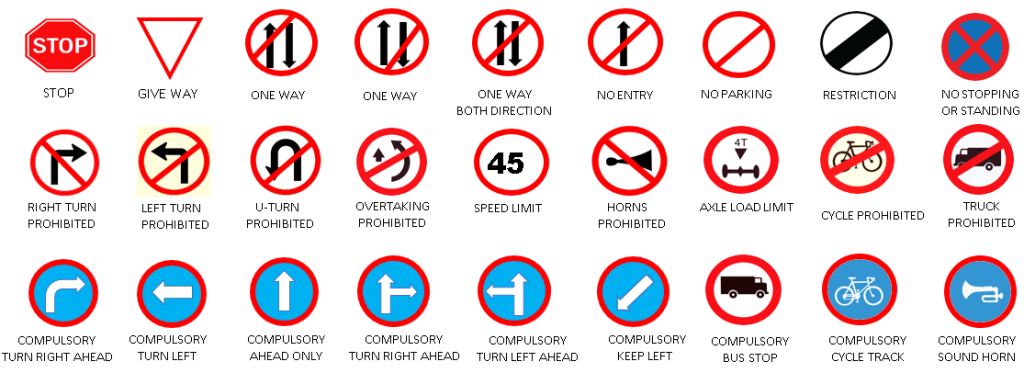
Cautionary sign
These signs are designed to alert the road users to the presence of dangerous situations on or close to the route, so that drivers can be cautious and take the appropriate action. The following are some examples of indicators that fit into this category:

Informatory sign
This signage is used to guide road users along routes, provide information about their destination and distance, indicate areas of geographical and historical importance, and provide other information that makes road travel easier, safer, and more comfortable.

The Meanings of Road Sign Colors
Every road sign has a distinct color. The color of a road sign can tell you what it’s about right away. During your written driving test, you may be questioned about the following colors:
Green
Directional signals are seen on green road signs. Street signs (street names), exit signs, mile markers, and signs indicating directions to a certain city or distance to a specific location all utilize this color.
Red
Signs indicate situations in which you must stop or yield. Stop and yield signs are obviously red, but other signs, such as do not enter and wrong way signals, can also be red. No u- turn signs, no turning on red signs, and sometimes no parking signs are examples of traffic signs that use red.
Yellow
Road signs in yellow are generalized warning indicators that signal possible risks or changing road conditions. Yellow road signs, for example, may warn you of a narrow bridge ahead, a railroad crossing, a no-passing zone, curves in the road, a merging point, a pedestrian crossing, a dead-end, an uneven surface, a concealed cross street, or any number of other possible hazards.
Blue
The color blue indicates that the sign is not a regulated sign. Instead, they promote travel-related services. These signs are typically seen on expressways and highways, pointing vehicles to locations such as rest areas, tourist attractions, hospitals, hotels, petrol stations, restaurants, campsites, picnic spots, and other frequently visited destinations.
Brown
Brown signs, like blue road signs, aren’t required to be obeyed. These signs indicate recreational areas as well as cultural landmarks. Historical places, parks, picnic spaces, and other recreational locations will be marked or given instructions by brown road signs.
Fluorescent yellow-green
This color is new to our roads, but it’s used for pedestrian, bicycle, and school warning signs. They’re also being utilized for certain construction signs. This color is utilized since it is easier to see when the weather is foggy or rainy.
Orange
Temporary road signs in orange are frequently related to road work, temporary traffic restrictions, and maintenance warnings. Keep an eye out for employees on or near the roadway if you notice orange traffic signs.
READ ALSO: Pavement Markings | Types of Pavement Markings| Roadway Marking
Shapes of Road Signs and Their Meanings
You can know what a road sign indicates by looking at its shape, just like you can tell what color it is. The following are the conventional road sign shapes and their meanings:
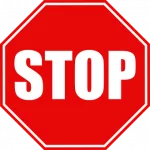
Octagon: An octagon-shaped road sign will always be a stop sign. Come to a complete stop at an intersection regulated by this sign. Before approaching the crosswalk or entering the intersection, come to a complete stop at the specified stop line. If there are other vehicles or people in your way, let them pass.
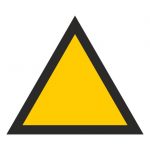
Equilateral triangle: Yield signs are made in the shape of an equilateral triangle. Allow for the right of way. Slow down and let vehicles pass in front of you. Stop if required before continuing. Stop until pedestrians have crossed the street if they are in or about to enter the crosswalk.
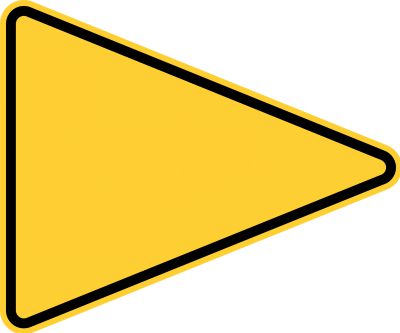
Pennant: This sign will be located on the left side of the highway or road. It alerts you to the presence of a no-passing zone.
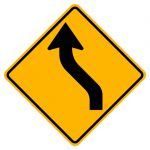
Diamond: Warning signs in the shape of a diamond are commonly used. Special road risks are indicated by these signs. The sign’s words or pictures will explain why you should slow down or use additional caution.
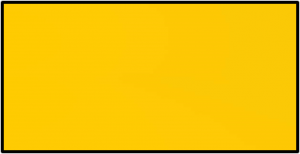
Rectangle: These will be warning or regulatory signage. Vertical signs, such as speed limit signs, indicate what you should and should not do. Horizontal signs provide directions or information about services that may be of interest to drivers.
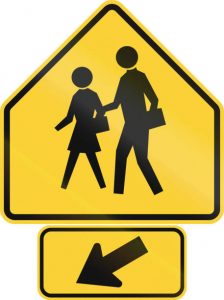
Pentagon: A school crossing or school zone will be indicated by a traffic sign in the shape of a pentagon. The sign may be yellow or bright yellow-green in color.
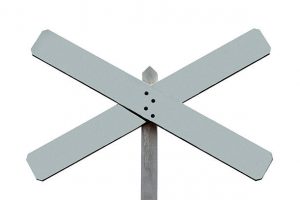
Crossbuck: This is the shape of every railroad crossing sign, which is posted at every crossing. There may be a number beneath the crossbuck that indicates the number of tracks.
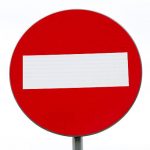
Circle: A railroad crossing is approaching, as indicated by this sign’s shape.

